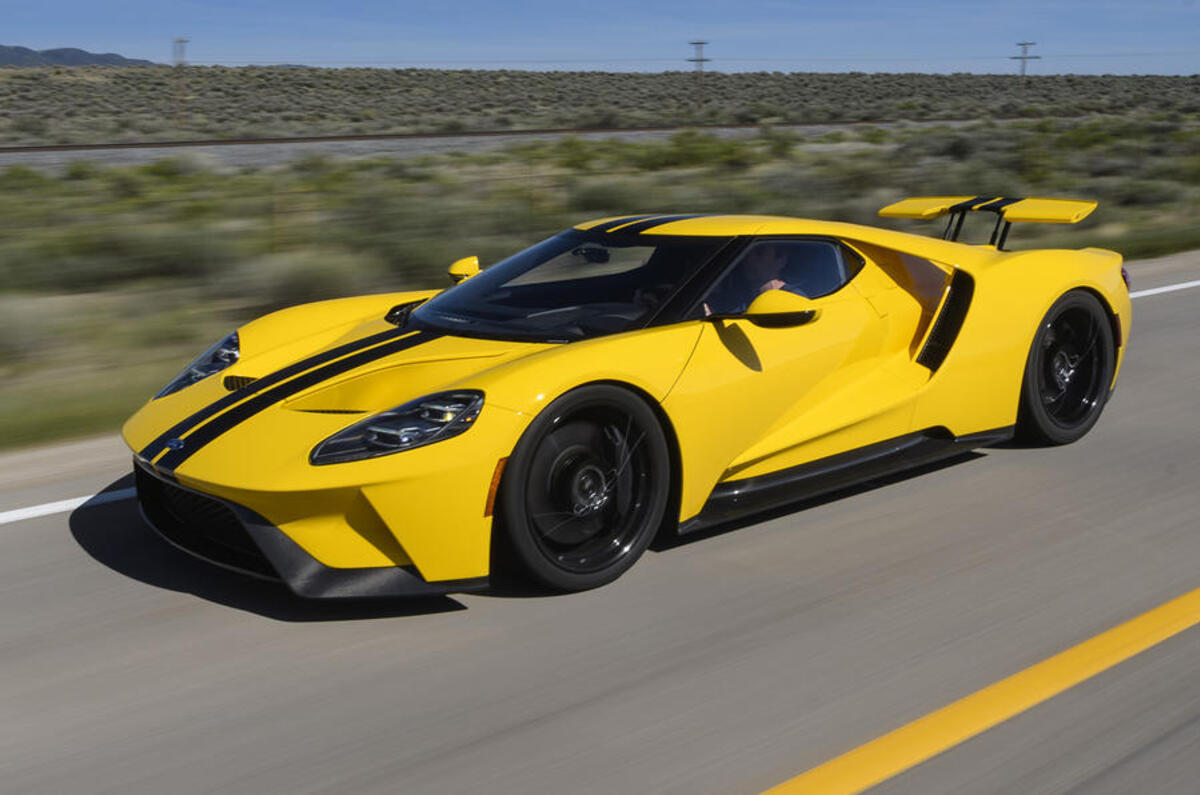Setting out on a road trip or embarking on a long-distance journey can be one of the most thrilling experiences, giving you the freedom to discover new destinations at your own speed.
The secret to a successful and enjoyable trip is picking the right road trip vehicle.
The best affordable cars for road trips and long-distance travel vehicles offer a combination of comfort, reliability, fuel efficiency, and generous storage space, ensuring that every mile you cover is both easy and pleasurable.
Whether you’re planning a cross-country expedition, a weekend escape, or an extended drive along picturesque routes, selecting the right vehicle is crucial.
Cars That Make Weekend Trips Easy
In this article, we will delve into some of the top cars suited for long-distance travel, ranging from roomy SUVs to fuel-efficient hybrids.
These road trip cars are crafted to elevate your travel experience and turn every journey into a memorable adventure.
Honda CR-V
The Honda CR-V stands out as an excellent SUV choice for road trips, delivering a perfect mix of comfort, reliability, and efficiency.
It comfortably accommodates five passengers, offering a roomy cabin ideal for extended drives.
Equipped with advanced safety features like lane keep assist, along with impressive fuel economy, it becomes an ideal option for those seeking dependable vehicles for scenic travel.
Additionally, the hybrid version provides the best combination of fuel efficiency and versatility, ensuring you stay comfortable throughout your entire journey.
The 2025 Honda CR-V stands out as a top-tier small SUV. It delivers a smooth driving experience, generous interior space, and a strong value with a well-rounded feature set. For buyers focused on fuel efficiency, the available hybrid engine achieves impressive mileage.
You can explore all new Honda CR-Vs for sale nationwide or shop specifically for 2025 models. Review years include 2026, 2025, 2024, and 2023, with available listings for each model year going back to 2022.
The 2025 CR-V has several strengths. It offers a roomy interior with excellent cargo space, intuitive tech features, and a ride that is both smooth and comfortable. However, it’s not without drawbacks. The cabin lacks sufficient small-item storage, and the hybrid powertrain can be noisy and sluggish when climbing hills.
There are no significant updates for the 2025 model year. This version of the CR-V continues in the sixth generation, which began with the 2023 redesign.
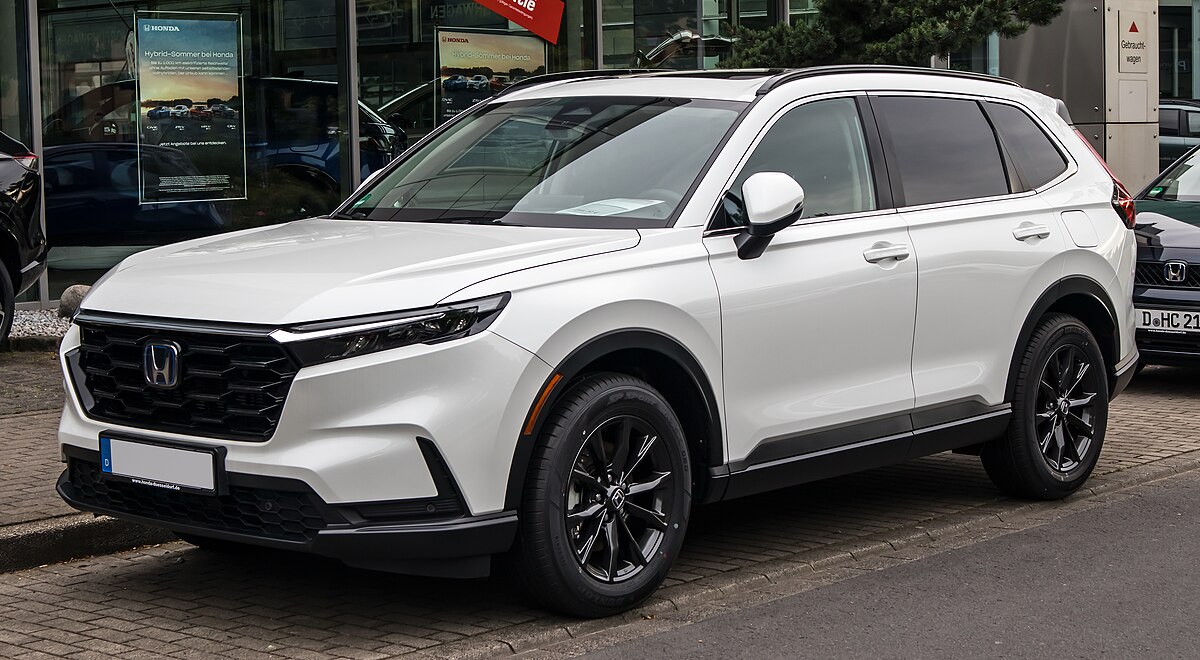
The CR-V sits in the middle of Honda’s SUV lineup, between the subcompact HR-V and the midsize Passport and Pilot. Its longstanding reputation as one of the best small SUVs in the segment remains intact.
Fuel cost estimates for the 2025 Honda CR-V LX 4dr SUV (1.5L 4-cylinder Turbo CVT) are based on 15,000 miles of driving per year, with 55% city and 45% highway usage, and fuel priced at $3.15 per gallon for regular unleaded in North Dakota.
This comes out to $128 per month for the CR-V LX, compared to $177 per month for the average midsize SUV. You can also use tools to calculate your own fuel costs.
The CR-V is praised for its focus on comfort and cargo space. Honda has always understood what its customers value most, especially in compact SUVs—namely, comfort and convenience.
Unlike some competitors that emphasize off-road or performance features, the CR-V concentrates on making everyday driving pleasant. Its suspension effectively smooths out road imperfections, while the well-padded seats are supportive enough for long trips.
The quiet cabin reduces fatigue and provides a peaceful space for passengers, including sleeping children. With a substantial 39.3-cubic-foot cargo area behind the rear seats, the CR-V easily accommodates gear, groceries, luggage, or bulk purchases from stores like Costco.
Toyota Highlander
The Toyota Highlander ranks among the best cars for road trips, especially for those traveling with a large family. This SUV can comfortably seat up to eight passengers, and its hybrid powertrain offers excellent fuel efficiency for long-distance journeys.
It features generous legroom and advanced safety technologies such as adaptive cruise control and lane-keeping assist. With its roomy interior, the Highlander guarantees a comfortable ride, making it one of the top family vehicles for road trips.
Whether embarking on a family vacation or a weekend escape, the Toyota Highlander is designed for both comfort and dependability.
The 2025 Toyota Highlander may not deliver thrilling performance, but it continues to be a smart and efficient choice for families. Introduced in the U.S. for the 2001 model year as a five-passenger SUV before eventually incorporating a third row, the Highlander has become one of the most enduring nameplates in its category.
However, since its debut, new contenders like the Kia Telluride, Hyundai Palisade, and Subaru Ascent have emerged, surpassing the Highlander in certain respects. Also check out the Highlander Hybrid for improved fuel economy and the Grand Highlander for a more spacious third row.
Several updates have been introduced for 2025. Every Highlander Hybrid is now AWD, improving traction and performance in all conditions. Toyota has also released a Highlander 25th Anniversary Edition model.
Additionally, the XLE, Limited, and Platinum trim levels gain available Heavy Metal exterior paint color, while the sporty XSE trim is now offered in Cement exterior and default Sport drive mode.
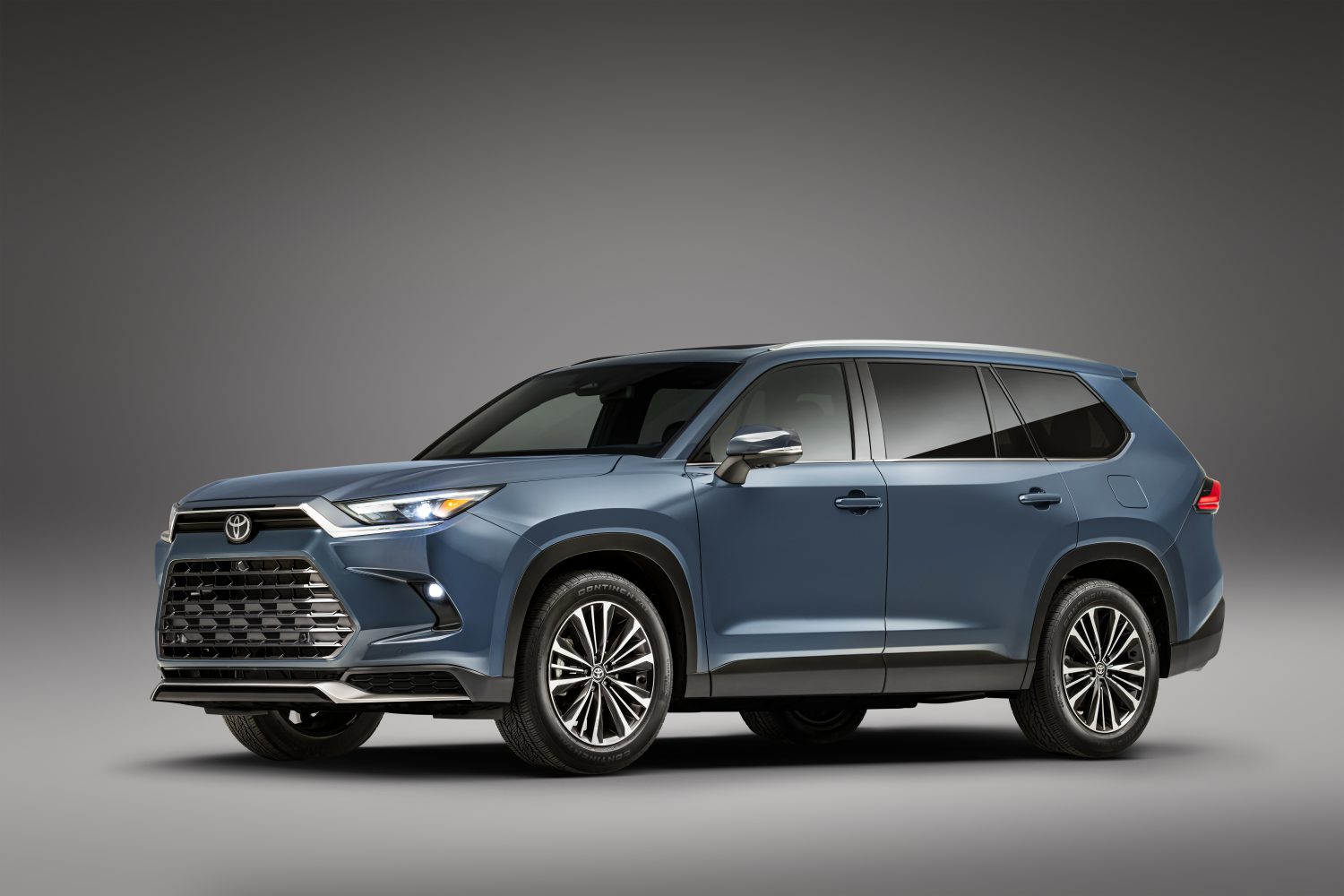
Some models have been phased out: the two lowest Hybrid trims, LE and LE Nightshade, have been discontinued, as well as gas FWD versions of the XSE and Platinum. In terms of aesthetics, the Moondust exterior and Harvest Beige interior have been retired.
In our evaluation, Toyota made meaningful updates to the Highlander in 2023, most notably replacing the previous V-6 engine with a turbocharged four-cylinder. While this engine has lower horsepower, it offers more torque, resulting in a driving experience that balances improved fuel economy with sufficient power for routine driving.
That said, we noted in our SUV of the Year contender review that performance isn’t sufficient under heavy loads. The ride can get bouncy on uneven terrain, and while steering is precise, it lacks dynamic feel.
Interior quality is a strong point for the Highlander. Three-row SUV shoppers will appreciate its comfortable and well-equipped cabin. A generous number of charge ports and smart storage solutions make it highly practical. However, the third-row seating remains tight, which is a common limitation in this class.
The Highlander’s proven long-term reliability and its strong safety ratings continue to enhance its appeal for families. In our view, the Highlander Hybrid is the better buy, thanks to its superior fuel efficiency and extended driving range. Still, shoppers should consider rivals like the refined Hyundai Palisade and the adventure-ready Kia Telluride, which offer compelling alternatives.
Under the hood, the standard Highlander features a 2.4-liter turbocharged four-cylinder engine that produces 265 horsepower and 310 lb-ft of torque. In testing, the 2023 Highlander reached 60 mph in 8.0 seconds—a respectable figure, though it lags behind competitors like the Kia Telluride and Subaru Ascent.
Fuel economy is expected to remain similar to previous estimates: 21/28 mpg city/highway for both FWD and AWD models, which still outpace the Telluride and Ascent in efficiency.
Drivers focused on maximizing fuel savings should consider the Highlander Hybrid. This version pairs a 2.5-liter four-cylinder engine with electric motors for a combined output of 243 horsepower.
Despite slightly slower acceleration—just 0.4 second behind the gas model—the Hybrid offers significantly better efficiency, achieving up to 35/35 mpg and an extended driving range. For 2025, Toyota discontinues FWD versions, meaning all Highlander Hybrids are now AWD.
Standard safety features include automatic emergency braking with pedestrian detection, lane departure alert with steering assist, full-speed adaptive cruise control, automatic high-beams, and blind-spot monitoring with rear cross-traffic alert.
Inside, the 2025 Highlander is available in seven- and eight-passenger configurations. The third-row seats remain cramped, and passengers sitting in the rear often find the floor to be uncomfortably high.
Still, we’ve found the cargo space to be practical, even when the third row is in use. Additional highlights include storage cubbies in the center console and dashboard. However, a minor issue we noted is the uneven armrests in the front row, which can lead to an awkward seating position for the driver and front passenger.
If space is a major concern, potential buyers should consider the Grand Highlander, a separate model that offers more interior room. On the technology front, the Highlander’s dinky standard screens return for 2025, including the 8.0-inch touchscreen and 7.0-inch driver information display.
The base trim features wireless Apple CarPlay and Android Auto, six speakers, five USB ports, LED fog lights, and a power liftgate. Optional upgrades include 12.3-inch digital gauge and infotainment screens, a head-up display, wireless phone charger, hands-free liftgate, and an 11-speaker JBL premium audio system.
Ford Explorer
The Ford Explorer is a versatile SUV that offers comfortable seating for up to seven passengers. Its roomy interior and strong performance contribute to its popularity as a road trip vehicle.
The Explorer includes impressive advanced safety features such as blind-spot monitoring and rear cross-traffic alert, providing peace of mind while on the road.
With a hybrid model available, the Explorer also presents an efficient option for long journeys by minimizing the frequency of gas station stops. Its blend of space, safety, and performance makes it an excellent choice for long-distance travel.
The starting price for the 2025 Ford Explorer is $41,380, with pricing reaching as high as $55,835 depending on the chosen trim and additional options.
The trim lineup is as follows: the Active begins at $41,380, followed by the ST-Line at $46,190. The Tremor model is estimated at $52,000, while the Platinum is priced at $53,695. At the top of the range is the ST, coming in at $55,835.
With the mid-level Limited trim discontinued for 2025, the ST-Line emerges as the most compelling option. It incorporates the sporty styling cues of the ST trim while retaining the standard 300-horsepower turbocharged four-cylinder engine, all at nearly $11,000 less than the ST. The ST-Line rides on standard 20-inch painted alloy wheels, in contrast to the 18-inch wheels on the base Active model.
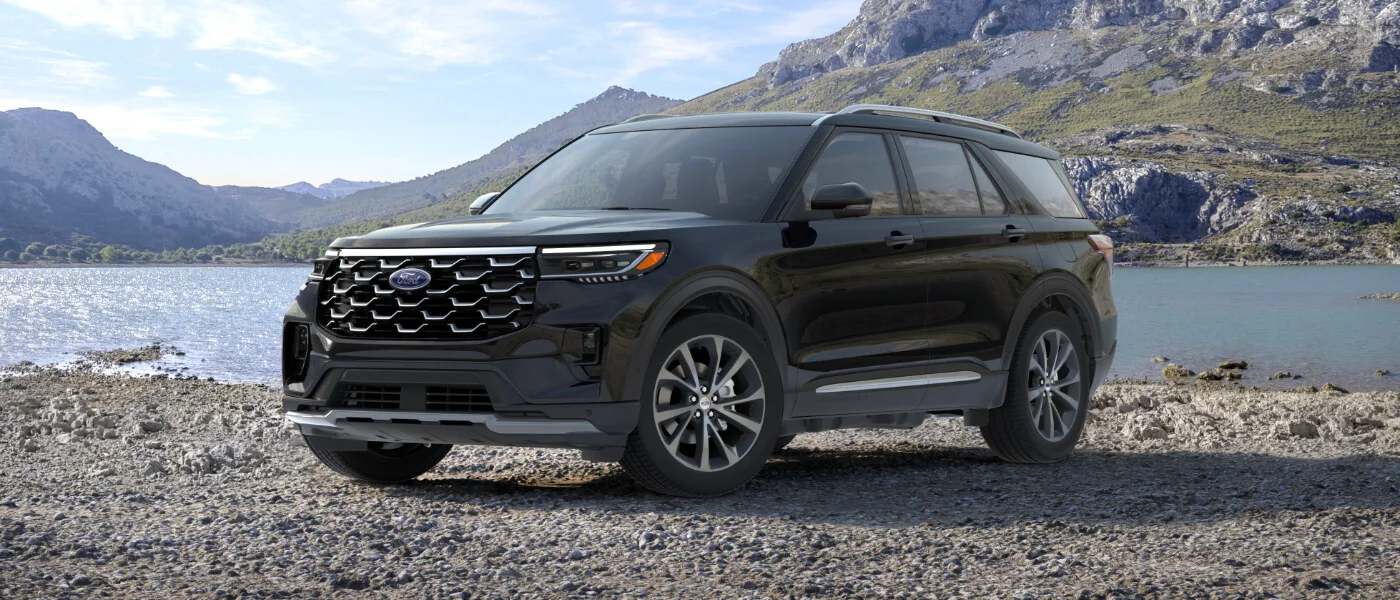
It matches the 5000-pound towing capacity of the V-6-equipped Explorers and provides access to desirable upgrades such as the optional BlueCruise hands-free driving system and a black painted roof, both of which are unavailable on the Active.
Additional standard features in the ST-Line include a 12-speaker Bang & Olufsen audio system, a flat-bottom ST steering wheel, heated second-row seats, and power folding mirrors. For those in colder or more rugged climates, all-wheel drive can be added for an extra $2,000.
In terms of powertrain and performance, the Active, ST-Line, and Platinum trims all come equipped with a turbocharged 2.3-liter four-cylinder engine producing 300 horsepower and 310 pound-feet of torque.
The ST trim is fitted with a more powerful turbocharged 3.0-liter V-6, which delivers 400 horsepower and 415 pound-feet of torque, and this V-6 is also available as an option for the Platinum trim.
A 10-speed automatic transmission and rear-wheel drive are standard across the lineup, while all-wheel drive is available for those who need it. In our evaluation, the driving dynamics of the 2025 Explorer felt very similar to the previous model year.
Ride quality and handling remain confident and predictable, while the enhanced power of the Explorer ST gives it genuinely brisk acceleration.
Subaru Outback
The Subaru Outback is among the most reliable vehicles for scenic routes, providing exceptional cargo space and all-wheel drive to handle a variety of road conditions.
Its ample cargo area allows you to pack all the essentials needed for an extended trip.
Furthermore, the Outback is well-regarded for its safety features, including automatic emergency braking and lane-keeping assist, offering extra peace of mind.
Whether you’re setting out on an adventure or enjoying a peaceful drive through nature, the Outback’s dependability and spaciousness make it one of the best cars for road trips.
The Subaru Outback is a vehicle designed with purpose in mind. If mainstream family SUVs are like flashy hikers equipped with the latest gear but lacking real capability, then the Outback is more akin to a seasoned frontiersman—one who can summit any peak with nothing but a solid walking stick, a sturdy pair of brogues, and a coat of tweed.
Unlike many of today’s SUVs, which often fall short in terms of ground clearance, traction, or even genuine four-wheel-drive capability, the Outback delivers all three.
What sets it apart is that these features come wrapped in the silhouette of an unpretentious estate car. It’s not built to follow trends or win beauty contests, but when it comes to functionality, it more than proves its worth.
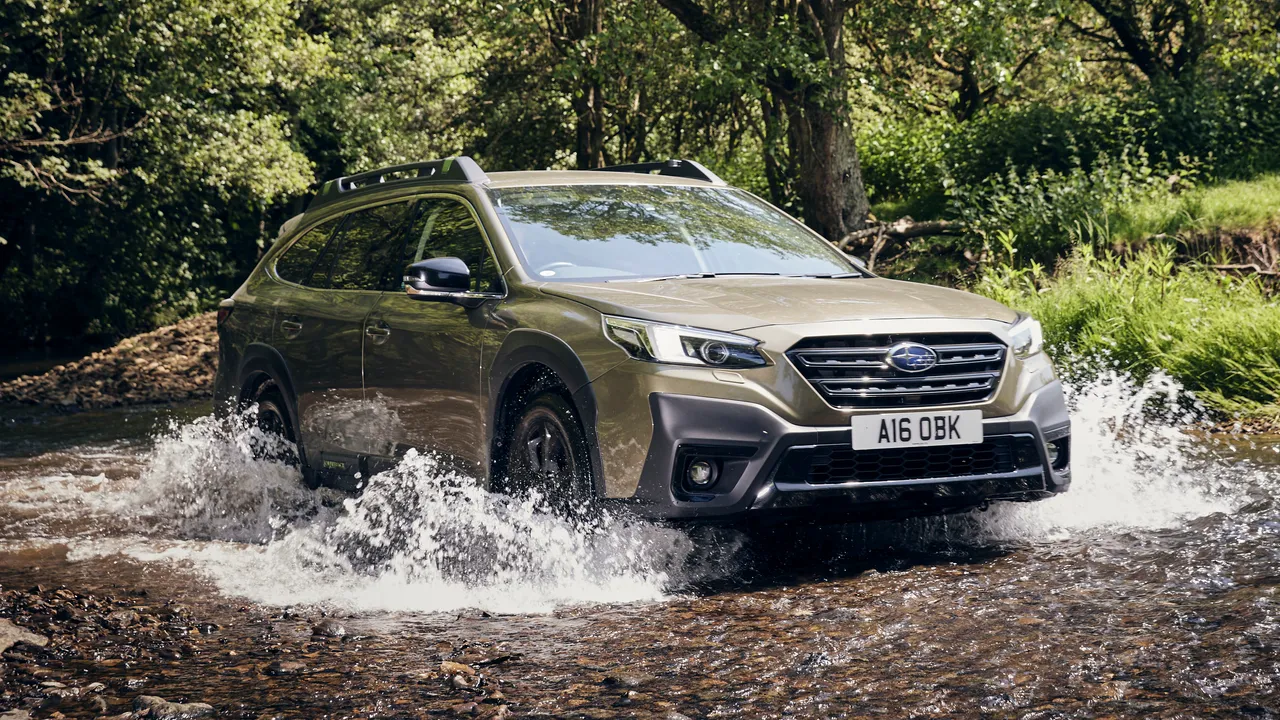
In recent years, alternatives to the Subaru Outback have been quietly phased out of many manufacturers’ lineups. While a handful of estate cars with four-wheel drive remain available, they are typically engineered for enhanced grip on paved roads rather than off-road performance.
As a result, the Outback’s competition now primarily consists of SUVs—ranging from the Land Rover Discovery Sport to the upcoming Dacia Bigster.
The most recent update to the Outback arrived in 2024. This refresh introduced a subtly redesigned front grille along with some enhancements to the interior technology.
Visually, it resembles a standard estate car that’s been hitting the gym. It rides higher on its suspension than a typical wagon—though not quite as high as a conventional SUV—and features substantial cladding along the lower body. This not only bolsters its ruggedness on uneven terrain but also helps it resist minor scrapes and dents in everyday scenarios like car parks.
Inside, the Outback maintains a traditional, no-nonsense vibe. While rivals are leaning into modern trends like panoramic displays, compact gear selectors, and premium material finishes, the Outback stands firm with its analog dials, robust automatic shifter, and a functional mix of black plastic and black leather. It’s a deliberate throwback—less about flash, more about utility.
Toyota Prius
The Toyota Prius stands out among fuel-efficient cars for road trips. Its hybrid powertrain delivers impressive miles per gallon, with an EPA-estimated 54 MPG in the city and 50 MPG on the highway, making it one of the most fuel-efficient vehicles for long-distance driving.
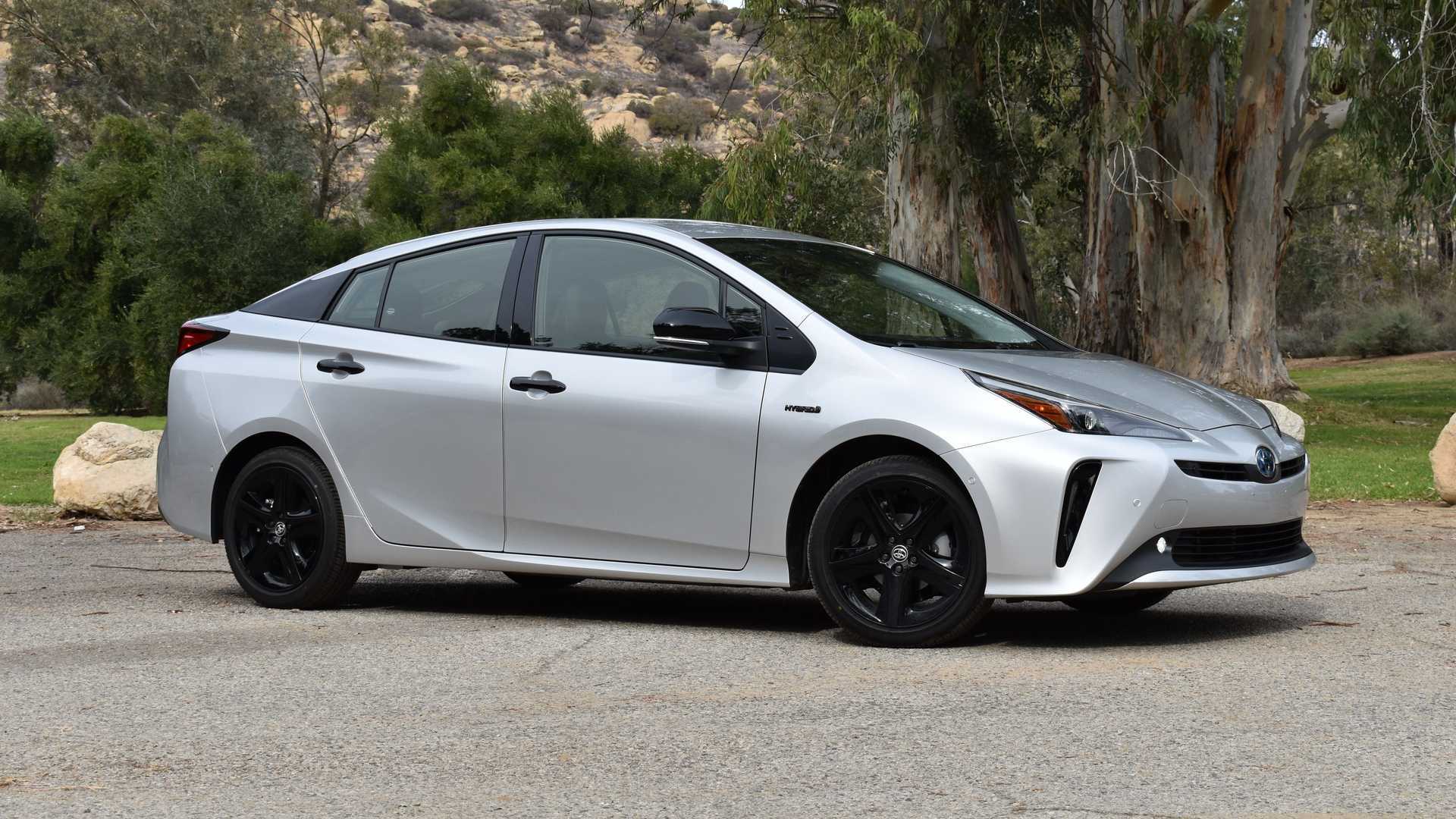
The Prius is a compact yet comfortable car that can easily seat four passengers. Thanks to its low emissions and remarkable fuel economy, it helps minimize the number of gas station stops during your trip, ensuring a smooth and efficient road trip experience.
It seemed unusual—perhaps even a touch cruel—when Toyota decided to remove the Prius from its UK lineup just as the model, after decades on the market, was finally reaching a new level of capability and appeal.
The timing was undeniably odd, even though its sales had been heavily impacted by the popularity of the C-HR crossover, to the point where the Prius was attracting only around 600 buyers per year.
That decision came in 2022, but by the following year, Toyota had reversed course. The outcome: the fifth generation of the world’s most recognisable hybrid is once again available in the UK, and for those who haven’t been following its evolution, the car’s reappearance may come as a surprise.
For starters, the new Prius now features an exterior design bold enough to draw attention as it cruises through urban streets—quite a change from the previous version, which also got noticed, though mainly by Uber passengers squinting to read the number plate (since with so many silver Priuses around, that’s often the only way to tell which one is yours).
There’s also the matter of performance. In the UK, the Prius will be offered exclusively as a plug-in hybrid. While the previous generation was also available in PHEV form, its total output stood at a modest 120bhp. The latest version, however, produces a full 220bhp, which should provide it with an unexpectedly spirited driving experience—at least by Prius standards—if you decide to push the throttle.
Add to that an official electric-only range exceeding 50 miles and chassis improvements aimed at making this Prius both more comfortable and better to drive than ever before, and on paper at least, Toyota appears to have assembled a compelling formula for success.
Cars That Make You Want to Stay Home
If you’re planning a road trip, it’s ideal to have a car that is comfortable, practical, and fuel-efficient. However, not all cars are built the same.
While many vehicles on the market can handle long distances without any problems, here are five cars you might want to avoid taking on an extended road trip.
Chrysler PT Cruiser
While the Chrysler PT Cruiser has a dedicated fan base and is cherished by many, it isn’t the ideal car for a road trip.
This compact cruiser can accommodate five adults comfortably in terms of space, but its seats lack comfort, and the cabin tends to be quite noisy at highway speeds.
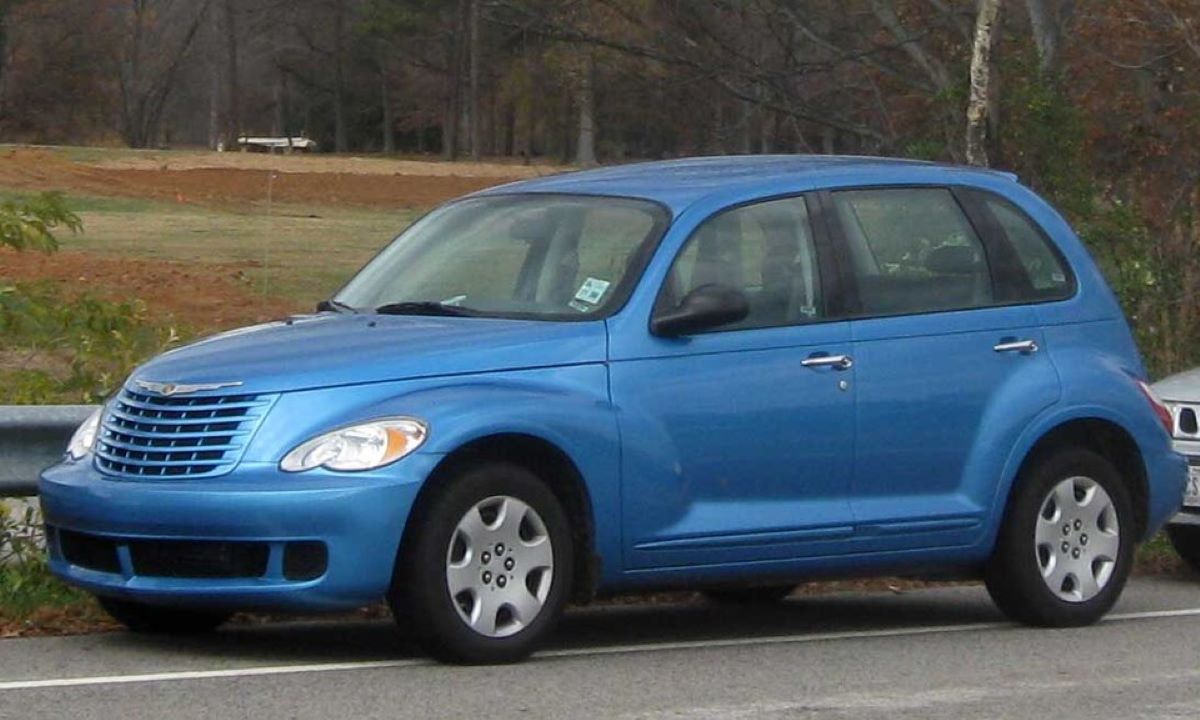
On the bright side, it achieves 24 miles per gallon on the highway, allowing for decent distance between refueling stops, but you likely won’t feel very refreshed by the time you reach the next gas station.
For the 2003 model year, Chrysler introduced the PT Cruiser GT, which was powered by a turbocharged 2.4-liter engine producing 215 hp. It was available with both manual and automatic transmissions.
In 2004, a 180-hp version of the turbocharged engine was made available for the Touring and Limited models. Chrysler also debuted a convertible version of the PT Cruiser at the 2004 Detroit Auto Show, which joined the lineup for the 2005 model year.
In 2006, the PT Cruiser received its sole styling update, which included new headlights, a shortened grille, and a revised interior. Additionally, the GT models received a power increase to 230 hp. This refreshed version arrived just in time to face off against its first real competitor, Chevy’s new-for-’06 HHR.
Chrysler sparked continued interest in the PT Cruiser by releasing a number of special editions. The first special edition was the Woodie and Flame packages, which debuted in 2002.
Other special editions included the Walter P. Chrysler Signature Series (2005-08), the Street Cruiser Route 66 Edition (2006), the Street Cruiser Pacific Coast Highway Edition (2007), the Street Cruiser Sunset Boulevard Edition (2008), the Couture Edition (2010), and five Dream Cruiser editions (2001-2008).
The PT Cruiser built a sizable fan base primarily due to its unique styling. However, owners often expressed dissatisfaction with the build quality and the disappointing fuel economy from the 2.4-liter engine, which was intended to be economical but fell short in that regard.
After the 2006 facelift, PT Cruiser sales began to decline steadily, with sales dropping nearly a third in 2007 and halving in 2008, the final year for the convertible. With Cerberus Capital Management, the company’s then-owner, aiming to reduce costs, Chrysler announced that 2010 would be the final year for the PT Cruiser. By the time production ended, over 1.3 million PT Cruisers had been sold worldwide.
Ford GT
The Ford GT is equipped with a twin-turbo 3.5-liter V6 engine that produces 600 horsepower and accelerates the car from 0 to 60 mph in just three seconds.
This power makes it thrilling for quick highway bursts or impressing passengers on a joy ride. However, it’s far less ideal for a long road trip.
The issue isn’t necessarily the power, but rather the Ford GT’s limited cargo and passenger space. The trunk is only large enough to hold a grocery bag, and it becomes quite hot due to the engine’s proximity.
Additionally, passenger space is very restricted, so expect to be in close quarters with anyone riding alongside you for the duration of the trip.
The 2023 Ford GT will come with a significant amount of new hardware compared to its predecessor. Along with an upgraded engine, Ford is pairing what it refers to as a “proper racing gearbox” with the 800-plus horsepower twin-turbo V-6, replacing the seven-speed dual-clutch automatic transmission found in the standard version of the car.
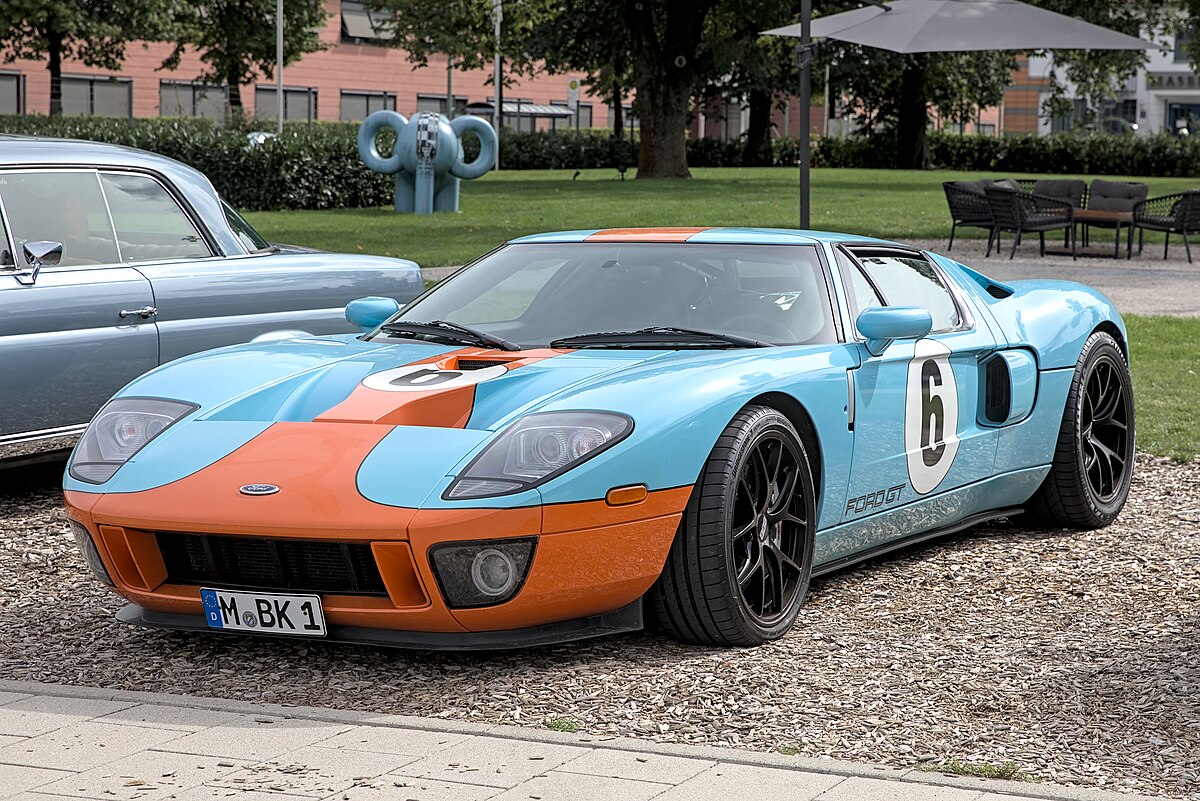
Additionally, the chassis has been lengthened, and the Multimatic DSSV (Dynamic Spool Valve) dampers have been replaced with a more advanced ASV (Adaptive Spool Valve) system.
The modified suspension, longer wheelbase, and center-lock wheels equipped with Michelin Pilot Sport racing slicks are expected to help manage the GT’s enhanced power output, particularly on the track—which, as a reminder, is the only environment where it is designed to be driven.
While we can’t provide exact performance figures without testing, it’s worth noting that the standard 660-horsepower GT street car, when we tested it for the 2017 model year, was capable of reaching 60 miles per hour in as little as 3 seconds. It also achieved a quarter-mile time of 10.8 seconds at a speed of 134 miles per hour.
First-generation Nissan Leaf
When it was introduced in 2011, the first-generation Nissan Leaf was among the most accessible, comfortable, and futuristic electric vehicles available.
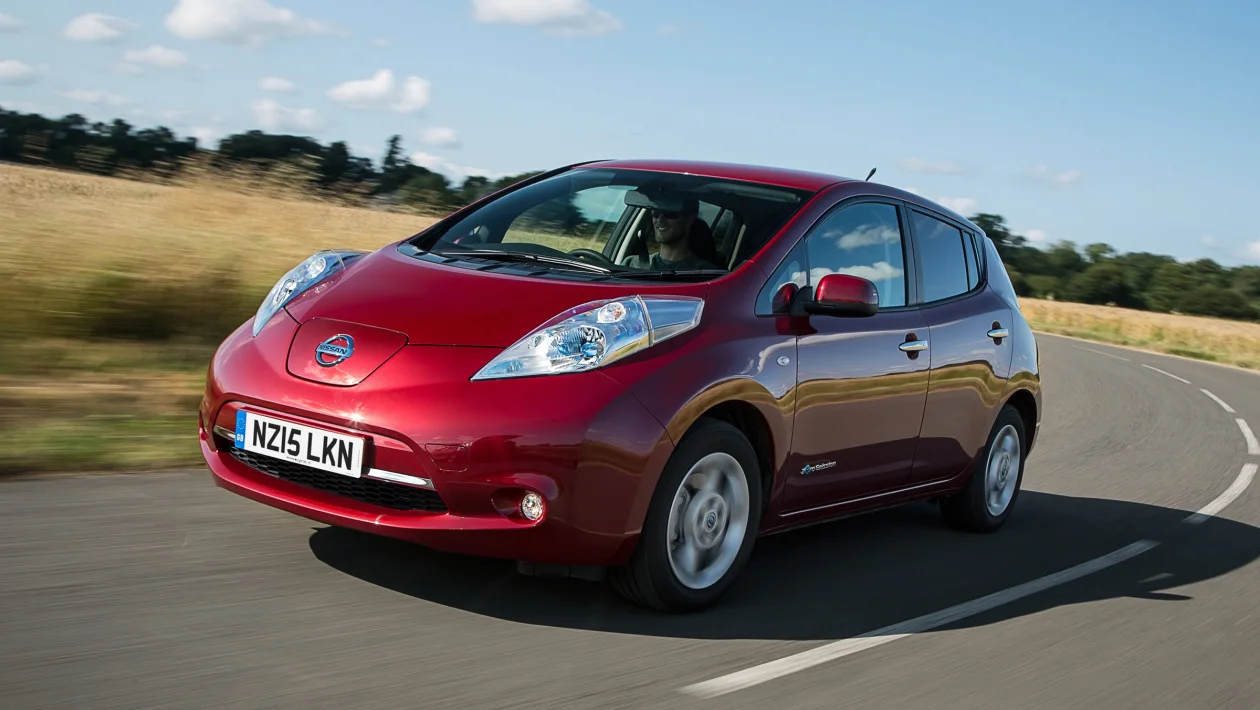
However, it came with a very limited driving range. This quirky little electric hatchback was enjoyable to drive thanks to its 107-horsepower motor, and it required just 8 hours to fully charge using a 220-volt charger.
Despite these advantages, it could only travel up to 80 miles on a single charge. As you might expect, that range isn’t ideal for covering long distances on the road.
However, it also comes with notable drawbacks, such as its fast-charging port being less widely supported, shorter range compared to most other electric vehicles, limited small-item storage, and the inability of its back seats to fold flat. For the 2025 model year, the LEAF remains unchanged and continues as part of the second generation introduced in 2018.
The two available versions for 2025 include the base LEAF, which can achieve an estimated 149 miles on a full charge, and the upgraded SV Plus version, which provides a better range of 212 miles. Despite these improvements, the LEAF’s range still lags behind many competitors, with some electric vehicles now exceeding 300 miles per charge.
The review also touches on the LEAF’s charging and battery options, including the 240V home charging time of 8 hours and the EV battery warranty, which covers 8 years or 100,000 miles. The car’s overall cost to drive is relatively low, with estimates of \$66 per month for the LEAF compared to the car average of $161 per month.
When it comes to EV ownership, Riswick advises that having access to 240V charging at home or work is ideal, as using a regular 120V outlet will not be sufficient for efficient charging.
Public charging stations may also prove frustrating, as their infrastructure remains inconsistent. Costs for setting up a 240V charging system at home can range from $1,000 to $1,600 or more, depending on whether any electrical panel upgrades are necessary.
Mitsubishi Lancer EVO
If you value your kidneys, you might want to think twice before taking a Mitsubishi Lancer Evolution on your next road trip.
Its rally-inspired suspension excels at handling tight corners and rough pavement, but it falls short in providing comfort for long highway drives.
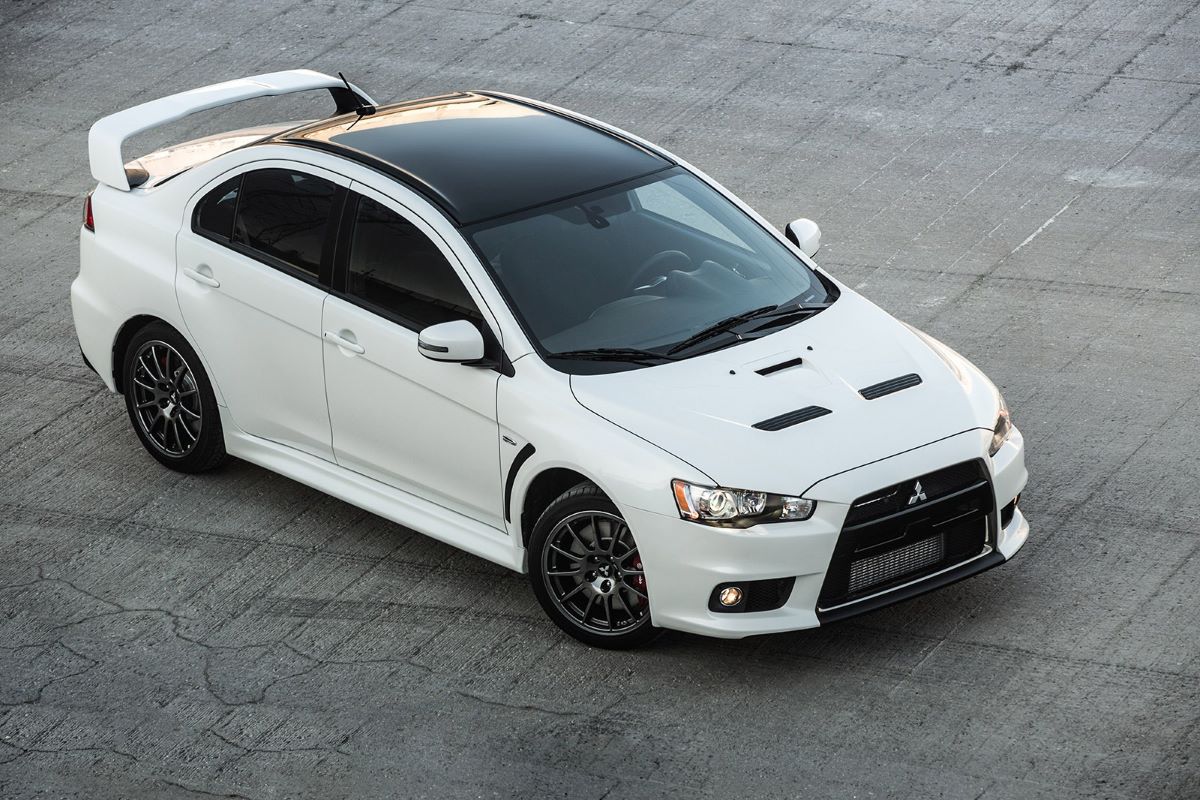
Furthermore, its turbocharged 2.0-liter engine delivers impressive horsepower, but it also consumes a significant amount of fuel.
According to the EPA, the Lancer EVO achieves up to 17 miles per gallon in the city and 23 miles per gallon on the highway. The Mitsubishi Lancer Evolution, commonly referred to as the Evo, is a high-performance sports sedan that became one of the most iconic models in the rally world.
The Evo series started in the early 1990s and was built primarily as a road-going version of Mitsubishi’s rally car, intended to compete in the World Rally Championship (WRC). The car gained a strong following due to its aggressive performance, handling, and unique styling.
Jeep Wrangler
We’re aware that many Jeep Wrangler enthusiasts will strongly disagree and insist that their vehicle is perfectly suited for road trips. Of course, every enthusiast tends to stand by their favorite car no matter what, which is quite endearing.
However, the reality is that the Wrangler comes with a stiff suspension, a rugged interior, and seats that aren’t particularly comfortable, all of which can make any road trip challenging. On top of that, its fuel efficiency leaves much to be desired.

The Jeep Wrangler is an iconic off-road vehicle that has become synonymous with ruggedness, adventure, and outdoor exploration.
With a lineage that traces back to its military roots during World War II, the Wrangler has evolved into one of the most recognizable and capable off-road vehicles in the world. The Wrangler offers unmatched off-road prowess combined with a design that emphasizes its rugged appeal.

